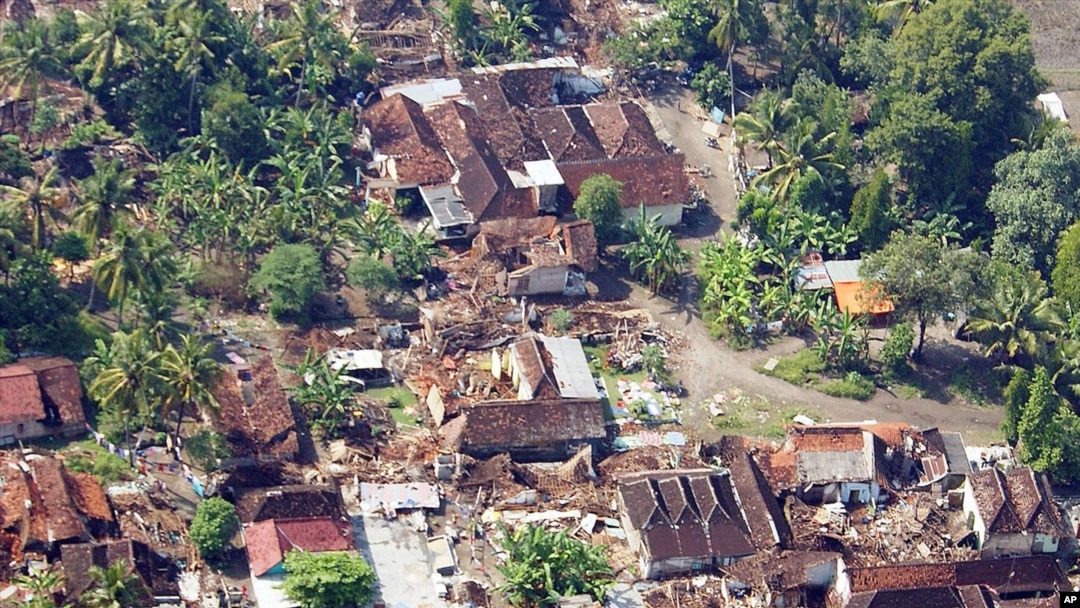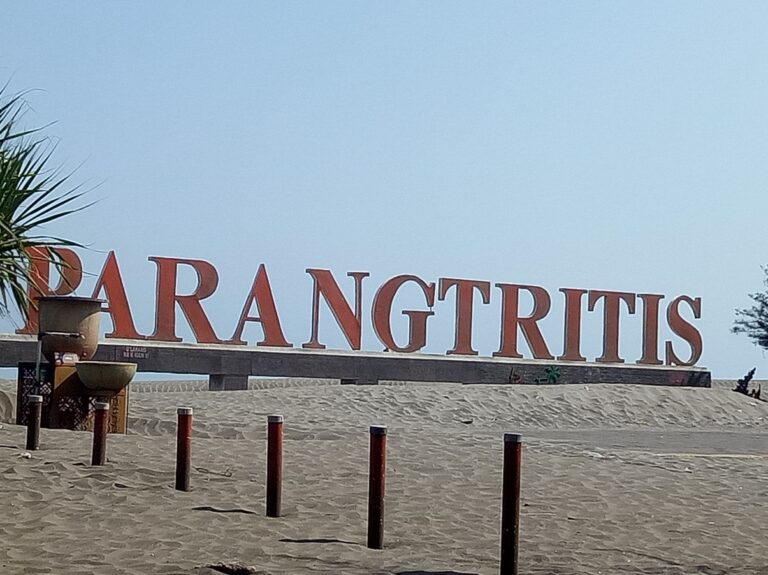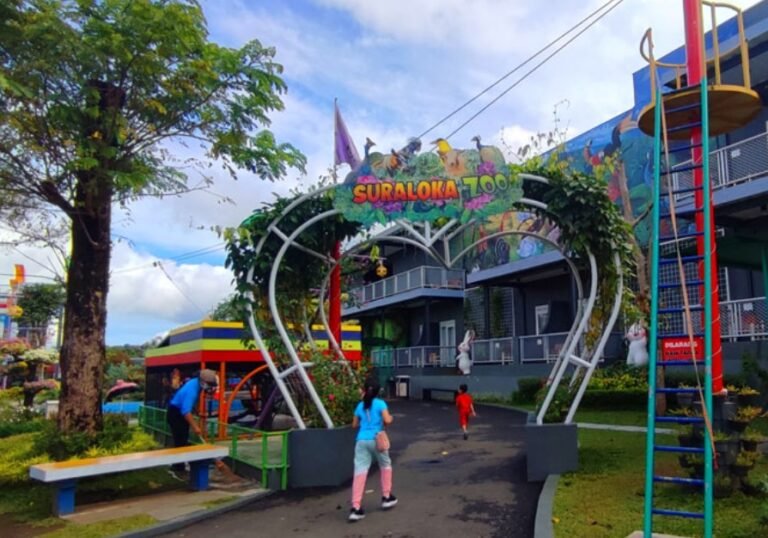Nestled in the heart of Java, Indonesia, Yogyakarta is a city where ancient temples, volcanic mountains, and traditional Javanese culture converge in a timeless dance. Tourists come for Borobudur and Prambanan, for batik and gamelan, for the shadow puppets and the royal Kraton. But beneath this cultural richness lies a deeper geological truth—Yogyakarta is an earthquake-prone region, a fragile beauty perched atop the Pacific Ring of Fire.
In this article, we explore the science, history, and cultural impact of earthquakes in Yogyakarta. we weave together storytelling, local voices, and scientific insight to offer a rich picture of resilience and renewal.
Chapter 1: The Ring of Fire’s Whisper
Indonesia is no stranger to seismic activity. Situated on the convergence of three major tectonic plates—the Indo-Australian, the Eurasian, and the Pacific—this archipelago is constantly being reshaped from beneath. Yogyakarta, located in south-central Java, lies near the subduction zone where the Indo-Australian Plate slides beneath the Eurasian Plate.
This geological setting makes Yogyakarta particularly vulnerable to tectonic earthquakes. Add to that the presence of Mount Merapi—one of Indonesia’s most active volcanoes—and you have a region defined by both creation and destruction.
As Professor Tono Suprapto, a geophysicist at Gadjah Mada University, notes, “What makes Yogyakarta unique is the interaction between volcanic and tectonic forces. It’s not only about fault lines—it’s about living with a breathing Earth.”
Chapter 2: The Morning that Changed Everything – May 27, 2006
At 5:54 a.m. on May 27, 2006, Yogyakarta shook.
A 6.3 magnitude earthquake struck just off the southern coast of Java, near Bantul Regency. In less than a minute, over 5,700 lives were lost. More than 150,000 people were injured, and nearly 600,000 were left homeless. Concrete walls crumbled, centuries-old buildings were reduced to dust, and entire villages became rubble.
What made the 2006 Yogyakarta earthquake so devastating wasn’t just its magnitude—it was its shallowness. With a depth of only 10 kilometers, the quake’s energy was released violently at the surface, amplifying the destruction.
In Bantul, the worst-hit area, local resident Ibu Sulastri remembers, “I thought the world was ending. I ran outside and saw the mosque tower falling like a tree. The ground opened. We screamed for our children.”
Her house, like many in the region, was built without proper seismic reinforcements. Traditional homes made of unreinforced brick (called bata) collapsed instantly.

Chapter 3: Rebuilding with Bamboo and Hope
In the wake of disaster, the people of Yogyakarta did not wait. Aid came slowly, but community rebuilding began almost immediately. Bamboo—a traditional, sustainable material—was used to erect temporary shelters. Students from Gadjah Mada and local architecture schools collaborated to design quake-resistant homes using local resources.
International aid agencies introduced better building standards. “Build Back Better” became a mantra, encouraging villagers to rebuild using earthquake-resistant designs—flexible foundations, reinforced concrete frames, and lightweight roofing materials.
Ten years later, many of these villages have become models of community resilience.
Pak Slamet, a carpenter from Imogiri, says, “Before the earthquake, we built with memory. After the quake, we built with knowledge.”
Chapter 4: Earthquakes in Culture and Myth
In Yogyakarta, natural events are often woven into the rich tapestry of Javanese mysticism and folklore. The royal family of Yogyakarta still holds a spiritual connection to Mount Merapi, the southern sea, and the Kraton (palace) forming a sacred axis.
Earthquakes are often interpreted not merely as geological events but as cosmic signals. According to kejawen (Javanese spiritual belief), an earthquake can signify disharmony between the natural and spiritual worlds.
After the 2006 quake, many rituals were held at sacred sites, including Parangtritis Beach and Mount Merapi, to restore spiritual balance. Offerings of kembang setaman (flower petals) and sesajen (ritual food) were made.
Dr. Ratri Wiranata, an anthropologist at Sanata Dharma University, explains, “In Yogyakarta, people don’t just ask why the Earth moves. They ask who is moving it, and what must we do to make peace with it.”
Chapter 5: Yogyakarta’s Seismic Future
Despite the calm that often follows catastrophe, Yogyakarta remains at risk.
The Opak Fault, running through the southern region, is considered active. Studies show that the area has a seismic cycle of around 200 years, with the potential for strong earthquakes near the surface.
In addition, Mount Merapi continues to be a constant threat. Though its eruptions are generally separate from tectonic events, volcanic quakes—often preceding eruptions—can still trigger landslides and localized tremors.
Modern technology is helping. The Indonesian Agency for Meteorology, Climatology, and Geophysics (BMKG) has installed seismic sensors throughout the region. Early warning systems, SMS alerts, and public education campaigns are more common now.
But challenges remain. Many rural homes still don’t follow safe construction practices. Earthquake drills are infrequent. And poverty remains a barrier to preparedness.
Chapter 6: Education as the Strongest Shield
Schools across Yogyakarta have embraced “disaster literacy” as part of their curriculum. In elementary classrooms, children learn how to take cover under desks. Posters showing evacuation routes are common.
Universities like Gadjah Mada offer degrees in disaster risk reduction. NGOs like Rumah Zakat and Dompet Dhuafa train communities on earthquake preparedness.
In a village in Piyungan, children now perform a song about earthquakes during school assemblies. The chorus: “Kalau bumi bergoyang, jangan panik, jangan lari, lindungi kepala, dan tetap tenang.” (When the earth shakes, don’t panic, don’t run, protect your head, and stay calm.)
It’s a simple lyric—but a powerful sign of change.
Chapter 7: Protecting Yogyakarta’s Cultural Heritage
The 2006 earthquake damaged not only homes but also priceless cultural treasures.
Prambanan Temple, a UNESCO World Heritage site, suffered cracks and partial collapses. The government, along with international conservators, undertook a massive restoration project to stabilize the complex and reinforce vulnerable structures.
Borobudur, although farther north, was also inspected for structural integrity.
The Kraton of Yogyakarta, seat of the Sultan, sustained damage to its walls and decorative elements. But it too has been repaired with traditional materials and techniques, blending modern engineering with ancient craft.
Today, these sites stand not just as tourist attractions but as symbols of endurance.
Chapter 8: The Tourism Angle – Resilient Beauty
Despite its seismic risks, Yogyakarta remains a thriving tourist destination. Perhaps more than ever, its ability to rise from the ruins has added depth to its charm.
Visitors come to witness a city that honors the past while embracing a more resilient future. They see temples restored stone by stone, villages rebuilt with both tradition and science, and communities that remain warm, welcoming, and wise.
Travelers interested in responsible tourism often visit earthquake memorials, participate in cultural workshops that discuss disaster recovery, or support local artisans who rebuilt their lives through craft.
Final Thoughts: Yogyakarta’s Unshakable Spirit
Yogyakarta is a land where tremors do not just reshape the earth—they reshape lives, stories, and perspectives. Here, every earthquake becomes a teacher. Every fallen wall becomes a lesson in humility and strength.
And most importantly, every new sunrise over Mount Merapi brings a reminder: that life, no matter how fragile, always finds a way to rise again.
Planning a Visit?
If you’re planning to explore the cultural and natural wonders of Yogyakarta, consider traveling with YogyakartaTour.com, your trusted local tour agency. Our guided experiences not only bring you to the best sights but also connect you with the stories of resilience that make this land unforgettable.
Travel deeper. Travel with heart. Travel Yogyakarta.







